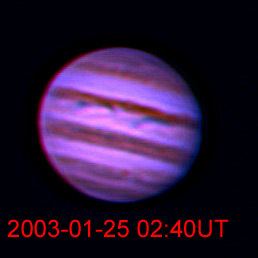Discovered by C. D. Perrine Eccentricity 0.22 Discovered 5 January 1905 Mean radius 43,000 m | Discovery date January 5, 1905 Average orbital speed 3.27 km/s Orbital period 260 days | |
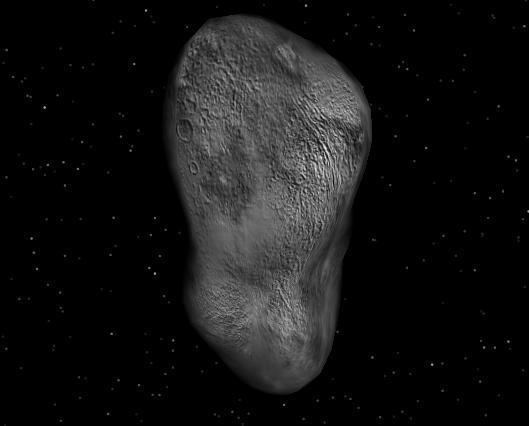 | ||
Mean orbit radius 11,740,000 km (0.07810 AU) Similar Jupiter moons, Other celestial objects | ||
Elara (/ˈɛlərə/ EL-ər-ə; Greek: Ελάρα) is a prograde irregular satellite of Jupiter. It was discovered by Charles Dillon Perrine at Lick Observatory in 1905. It is the eighth largest moon of Jupiter and is named after Elara, one of Zeus's lovers and the mother of the giant Tityos.
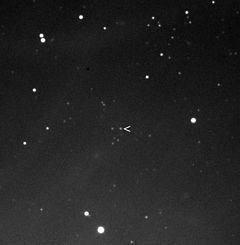
Elara did not receive its present name until 1975; before then, it was simply known as Jupiter VII. It was sometimes called "Hera" between 1955 and 1975. It has a mean radius of just 43 km, thus it is 2% of the size of Europa. However it is half the size of Himalia, so it is the second biggest moon in the Himalia group. It might be a captured type C or D asteroid, for it reflects very little light.

Elara belongs to the Himalia group, five moons orbiting between 11 and 13 Gm from Jupiter at an inclination of about 27.5°. Its orbital elements are as of January 2000. They are continuously changing due to solar and planetary perturbations.
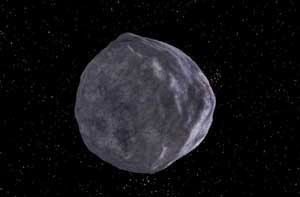
New Horizons encounter
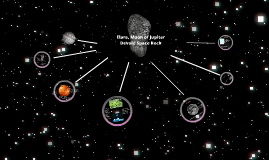
In February and March 2007, the New Horizons spacecraft to Pluto captured Elara in several LORRI images from a distance of five million miles.
